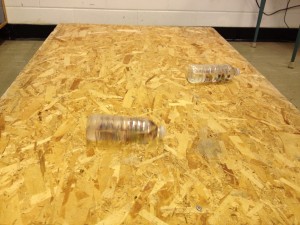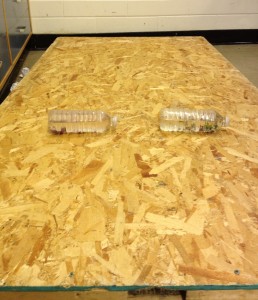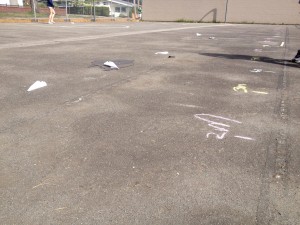Category Archives: Classroom Management
Pro D Days
I attended two pro-d days that both related to self-regulation over the past year. It was really interesting considering that is was the focus of our cohort at UBC. What I really appreciated was how they discussed the physical aspect of self-regulation. We focused mainly on self-regulated learning at UBC, but in these seminars it was interesting that they presented that physical self-regulation is more important to start with because the brain will not learn very much if it is concerned with the bodies well being. We then discussed different ways that children often need to physical self-regulate and it helped me understand the whole area of self-regulation much better. Two particular areas of focus were proprioception and vestibular issues. Vestibular issues make it difficult for a child to sit still and balance. Often a student will need to move to keep his balance, much like it is easier to balance on a bicycle while moving. Proprioception issues make it difficult for a student to sense their surroundings. These students often have difficulties with personal space and may run their fingers down the halls as they walk. I gained a new understanding of the importance of our physical needs and how we as adults understand strategies to meet our needs in order to be comfortable enough to learn. As teachers, if we can help students understand themselves and their basic needs, we can help them to be more successful in a learning situation.
Viscosity
In order to demonstrate viscosity, I did a demonstration with a bottle of water rolling beside a bottle of corn syrup. The students were very engaged in discussing the different properties of water and corn syrup and how they interacted with the bottle. I actually was not sure how this lesson would go over, but I was really impressed with the students’ responses. To relate it to my belief statements, I think it really makes a difference to simply change the physical set up of the class and let them move around and sit differently in different situations. I changed the dynamic of the class and led to more discussion to have a more relaxed physical setup for the demonstration.

Connecting Learning to Practice – Paper Airplanes
Another idea pulled from our science class at UBC was using paper airplanes. In this case I used it to get the class outside and make a lesson on graphing and data collection a little more exciting. I did struggle a little with structure and would try to organize the actual throwing and measuring of the planes better if I did it again. I would probably just have the students in partners instead of larger groups as I did on this day.
Practicum – Week 7
I feel that the inquiry presentations have been going well. I have been amazed at the wide array of topics the students have chosen relating to body systems and they all seem to have picked something that they have some interest in. It was really great to see some interesting presentations that got the class talking and asking questions. It is rewarding to see class discussion arise from topics presented by students and not the teacher. I have been challenged by students trying to leave early from the flex block at the end of the day. I am going to try to be more firm with them, but also fill the time better. This week I wrote my own math test. It went alright, but it was challenging to when it seemed that some questions were too hard or students did not know what to do. It was a growth experience for sure. I still hope to get more time outside of class to spend time with students, but with the upcoming labor issues it looks like that might not be possible.


